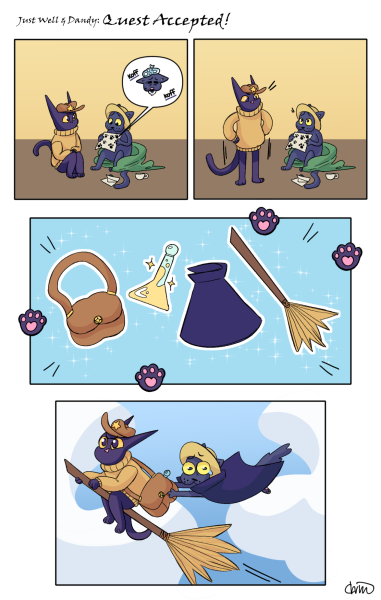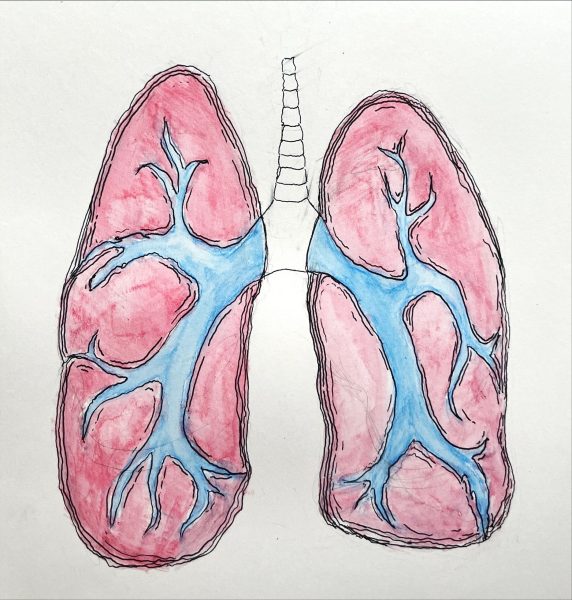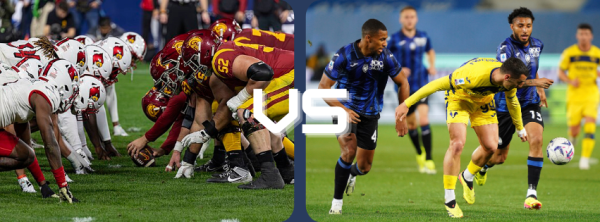Now the numbers mean something … sort of
April 4, 1989
To statistical addicts like myself, the opening of baseball’s regular season means one thing—the box scores count.
Spring training is just a polite way of teasing fans. During the exhibitions, the players pitch the ball, hit the ball and boot the ball just like they do in the regular season. The difference is that spring training statistics are forgotten by everyone except the rookie who knows he’ll never play in a regular-season game.
Box score junkies watch the exhibitions, but they know keeping statistics for these games is about as exciting as scoring for batting practice or a game of pepper. The only significant statistic is the number of injuries each team gets.
So for my fellow numbers-freaks who have been waiting for opening day since October ‘88, I’ve put together a list of baseball numbers that might help quench your statistical thirst:
68,000—baseball’s minimum salary, the number of people at Cleveland’s opener and the total number of people who will attend the Indians’ other 80 home games—vendors and umpires included.
62—the number of regular-season games played by each team and the number of strikeouts Ron Kittle will have by All-Star break.
$1.4 million—how much Darryl Strawberry gets paid this season.
$3.5 million—about how much Strawberry thinks he deserves.
$1.98—how much the Mets rightfielder is actually worth, give or take a dime.
95—the average speed in mph of Dwight Gooden’s fastball and the number of times it would take Harry Caray to say, “from Biancalana to Gallego to Galarraga,” before getting it right.
72—Carlton Fisk’s number and Tommy Lasorda’s waistline.
40-40—the name of the home run-stolen base club Jose Canseco founded last year and the average vision of a major-league umpire.
50-50—the name of the club Canseco hopes to join this season and the chance of Yankee manager Dallas Green making it into May.
32—the number of times Wade Boggs swung and missed at a pitch last season and the number of times Sox catcher Ron Karkovice swung and made contact.
24—the number of players on each big-league roster and the row where Shawon Dunston’s errant throws usually end up.
9.3—the number of strikeouts Nolan Ryan averages per nine innings and Jody Davis’ time from home to first base.
9—number of players in a lineup, innings in a game and curtain calls Gary Carter makes after an exhibition home run.
7—the number of errors Sox shortstop Ozzie Guillen will make this season and the number of walks Guillen will receive from his leadoff spot.
5—the number of pitchers in the average team’s starting rotation and the number of pitches Cub hurler Scott Sanderson will throw before pulling a hamstring.
4-6-3—a famous double play combination and Pete Rose’s favorite trifecta.
3rd—the spot in the batting order where most teams put their best hitter and the place the Atlanta Braves would finish in an average Pony League.
—the number of true major leaguers on the Baltimore Orioles roster.
.356—Kirby Puckett’s batting average in 1988 and the combined 1989 fielding percentage of Philadelphia’s Juan Samuel and Texas’ Julio Franco.












